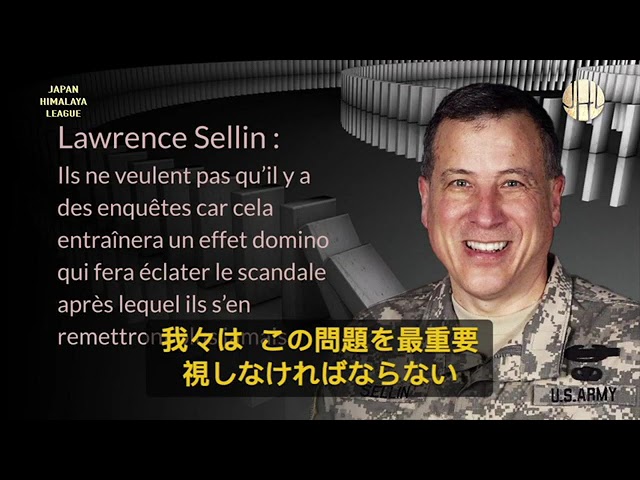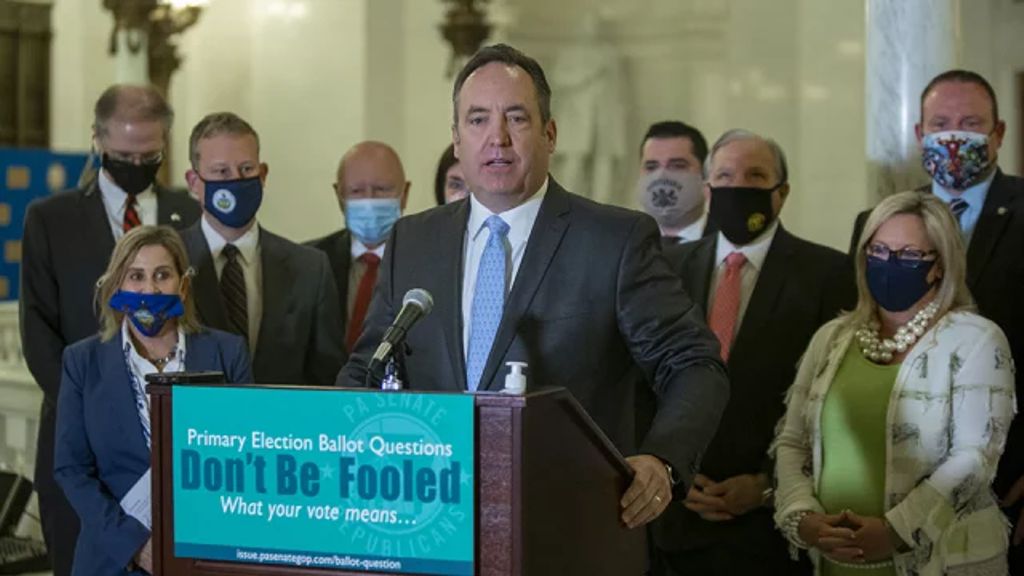
Years ago, the neighbors next door would have thought it strange if they saw you building an underground survival shelter in your backyard.
Fast forward to 2021, and it’s not so fringe any more. “Doomsday bunkers” are a booming business, as society as we’ve known it seems to be on the verge of upheaval and collapse.
For Gary Fetters, owner of ICF Specialist in Litchfield, Arizona, if you want to survive these uncertain times, you need a solid shelter—“a place to ride it out.”
“We’ve been doing bunkers for a very long time, 12 or 13 years. We do a lot of safe rooms,” Fetters told The Epoch Times.
“When we mention it, they’re interested in connecting a walk-in or closet to a vault or safe room.”
Over the past five months, Fetters said he’s gotten more requests from people looking to build a custom home with Insulated Concrete Forms (ICF): hollow foam blocks that are stacked, much like Lego pieces, into the shape of exterior walls of a home or building.
The blocks are reinforced with steel rebar, and then filled with concrete, making them 100-percent “bullet-proof,” Fetters said.
While Fetters’ company specializes in ICF construction projects, he also builds Division 1 bunkers for below ground. These bunkers vary in size, price, and accommodations, and are FEMA code built with ICF materials to meet a range of climatic challenges and security needs.
“Most of the people we build for are building custom homes and looking for the safety of the system, rather than a bunker,” he said.
One bunker the company built boasts a theater room and bar, “so they can live down there, and entertain down there,” Fetters said.
Another bunker comes with a gym and sauna.
For the most part, Fetters said his customers are concerned about disaster preparation, and the proverbial “social meltdown, where people are going to be fighting for supplies” above ground.
“You need to be safe. I just built my daughter a house in Missouri. I built a shelter inside of the house, in case of violence,” he said.
Before the 2020 social unrest sparked by the death of George Floyd, Fetters needed three days’ lead time on a project, given the lower demand.
Now, he needs at least 12 weeks’ notice, and “that’s the demand for the material,” he said.
Looking ahead, Fetters sees an increasing demand for safe rooms, vaults, and other fortified structures for when the proverbial doo-doo hits the fan.
At Atlas Survival Shelters in Texas, owner Ron Hubbard said his phone has been “ringing off the hook [with orders], especially since the Afghanistan thing.”
By Allan Stein







